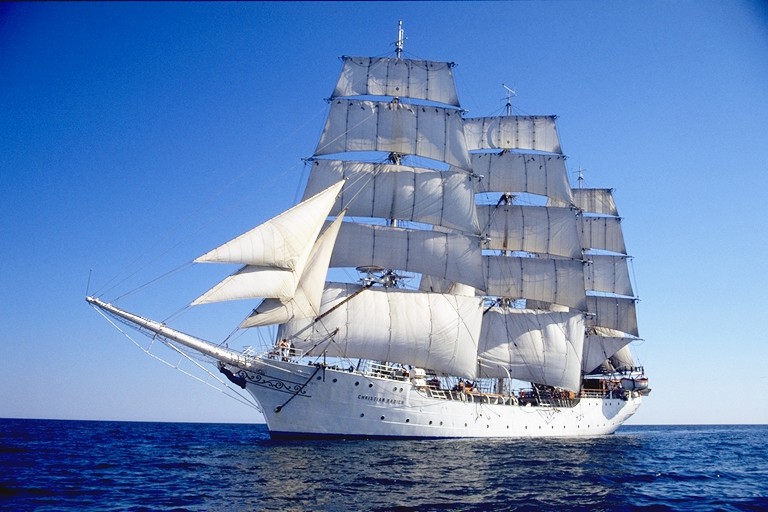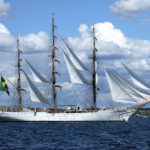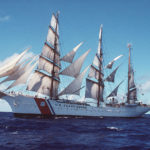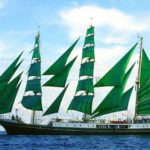The term “tall ship” is itself debated, a term whose origin is attributed to a bygone era, but whose validity is strengthened by its early use by some of our most respected writers, such as Joseph Conrad, who was himself a master mariner, and Henry David Thoreau.
There might be something to be said about the impression an object or an experience tied to an object, its use and setting, gives to a writer, and when we look at the pictures of tall ships — for those of us who have not been aboard one — or remember the feel of the deck and its height — can we understand the meaning of the words of the writer?
Thoreau, in his first work, “A Week on the Concord and Merrimack Rivers,” quoting some other un-named writer:
Down out at its mouth, the dark inky main blending with the blue above. Plum Island, its sand ridges scolloping along the horizon like the sea-serpent, and the distant outline broken by many a tall ship, leaning, still, against the sky.
A tall ship is not a type of ship — there are many types of tall ship rigs: schooners, barques, brigs, brigantines. The main qualifier is that the craft need be a large, traditionally rigged vessel.
In this tall ship gallery, we find a night shot — we’re still looking for the photographer of this photo; the Brazilian (note the green and yellow flag) ship Cisne Branco, photographed by Bruce Bodner; the US Coastguard GC Eagle, the 25-sail Alexander von Humboldt, photographed by Winfried Huber, and the Christian Radich.




